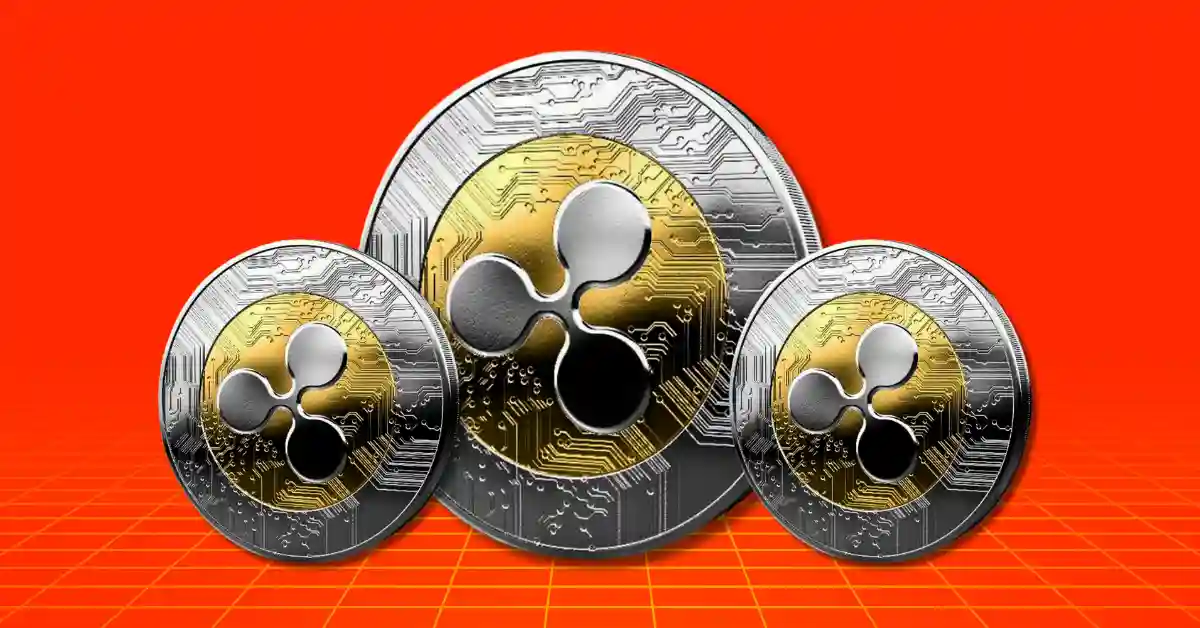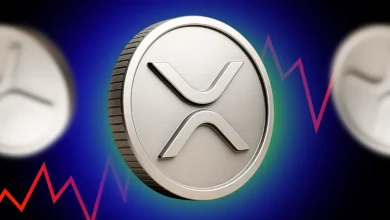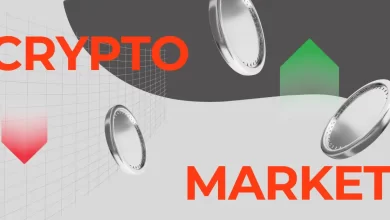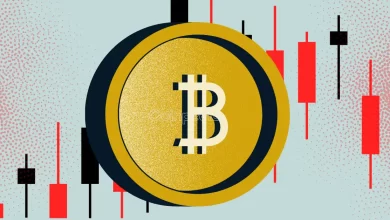
Ripple's potential IPO has sparked discussions about its future in the blockchain and fintech world.
Jake Claver has drawn parallels between Ripple's potential IPO and Amazon's, suggesting that it could lead to significant growth.
Ripple's ongoing legal battle with the SEC has not deterred speculation about its IPO.
Ripple is gaining momentum in the blockchain and fintech sectors, especially with its cross-border payment solutions used by over 300 financial institutions worldwide.
Recently, speculation about Ripple possibly going public through an Initial Public Offering (IPO) or a direct listing has sparked interest, raising questions about how this could reshape the company and impact the broader crypto market.
What does the future hold? Let’s explore.
Is Ripple Having Its ‘Amazon Moment’?
Jake Claver, known as @beyond_broke, in his series of X post has drawn a fascinating parallel between Ripple and Amazon’s 1997 IPO. He suggests that just as Amazon transformed from an online bookstore to a massive marketplace after going public, Ripple could harness the capital from an IPO to explore new opportunities in the blockchain space.
Despite facing legal problems in the ongoing case of Ripple vs SEC, Ripple recently received some favorable court rulings. Hence it is widely speculated that these developments could open the door for the company to pursue going public, marking a significant turning point for its future.
The Perks of Going Public
If Ripple goes ahead with an IPO, the company could enjoy significant benefits. Claver notes that the capital raised could enable Ripple to scale its operations, enter new markets, and enhance research and development efforts. This might lead to important upgrades to the XRP Ledger and the exploration of innovative technologies like smart contracts and central bank digital currencies (CBDCs).
The XRP Ledger has already seen increased wallet activity, and a public offering could further strengthen the network’s position. However, there is still uncertainty about whether Ripple will opt for an IPO or choose a direct listing.
IPO vs. Direct Listing: Which Path Makes Sense?
Claver explains the key differences between an IPO and a direct listing. An IPO involves issuing new shares to raise capital, while a direct listing allows existing shareholders to sell their shares without generating new funds. Given Ripple’s strong financial position, with over $1.3 billion in cash reserves, a direct listing might be the more appealing choice.
This approach could offer greater transparency and incur lower costs compared to a traditional IPO.
The Perfect Move for Ripple?
Going public would not only provide Ripple with a chance to solidify its standing in global finance but also create a liquidity event for employees and early investors, enabling them to benefit from their stakes. Just as Amazon’s IPO helped validate e-commerce, Ripple’s entry into the public market could legitimize its role in the digital asset space.
With Ripple on the verge of a potential legal victory against the SEC, investor optimism is at an all-time high. Should an IPO become a reality, it could indeed be a game-changer.







